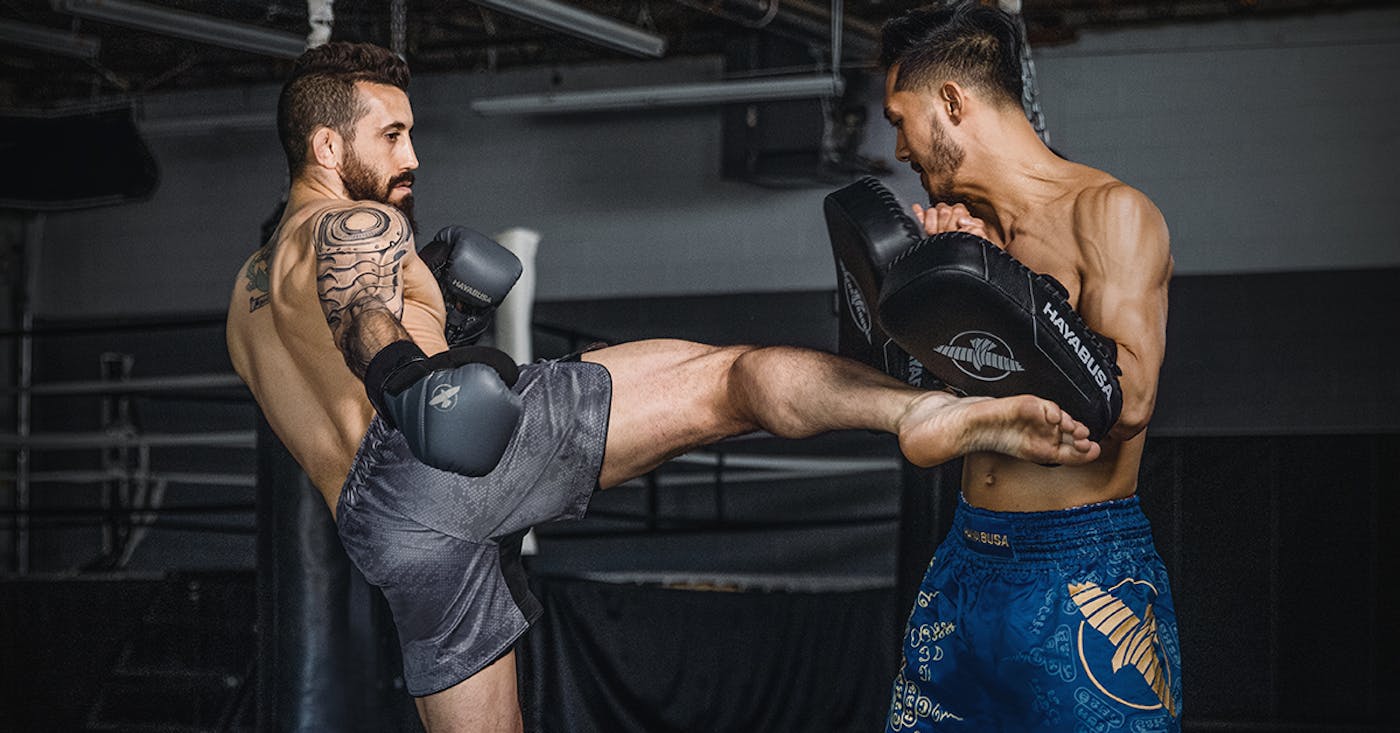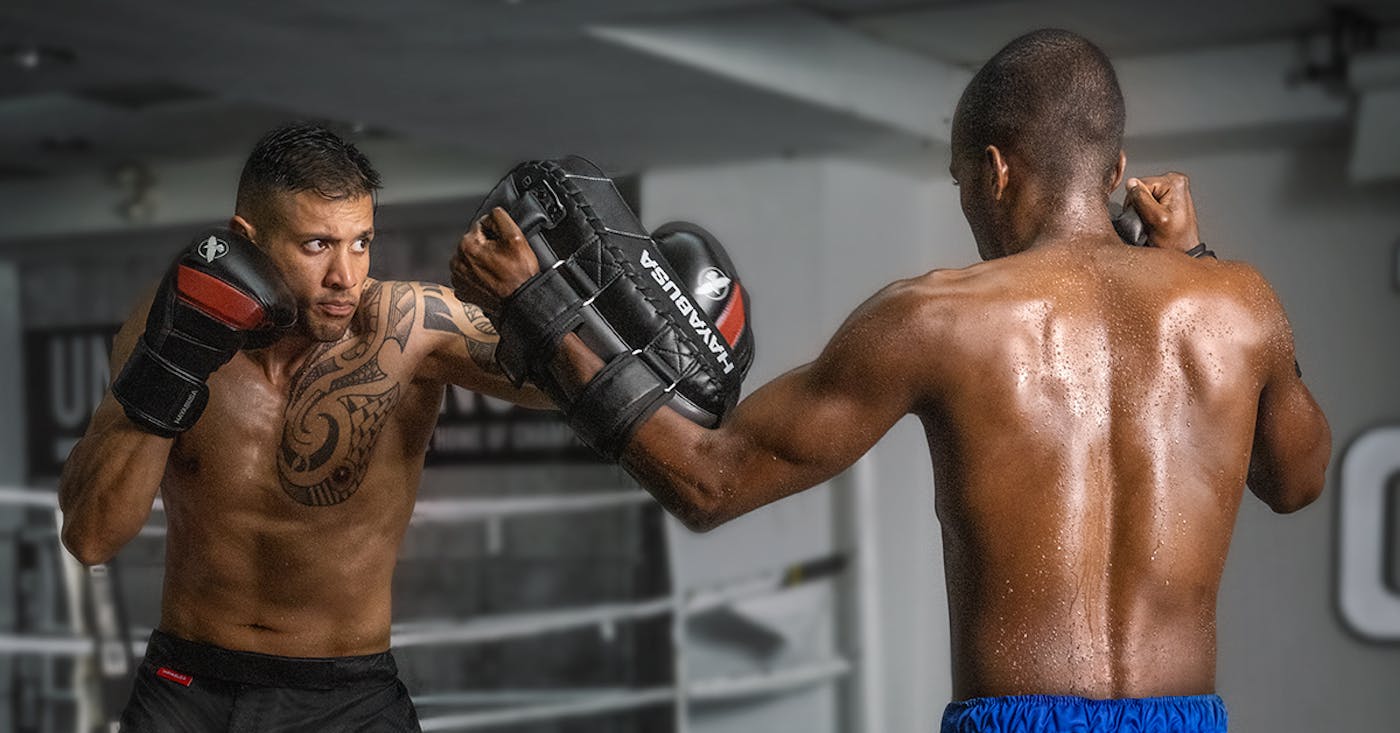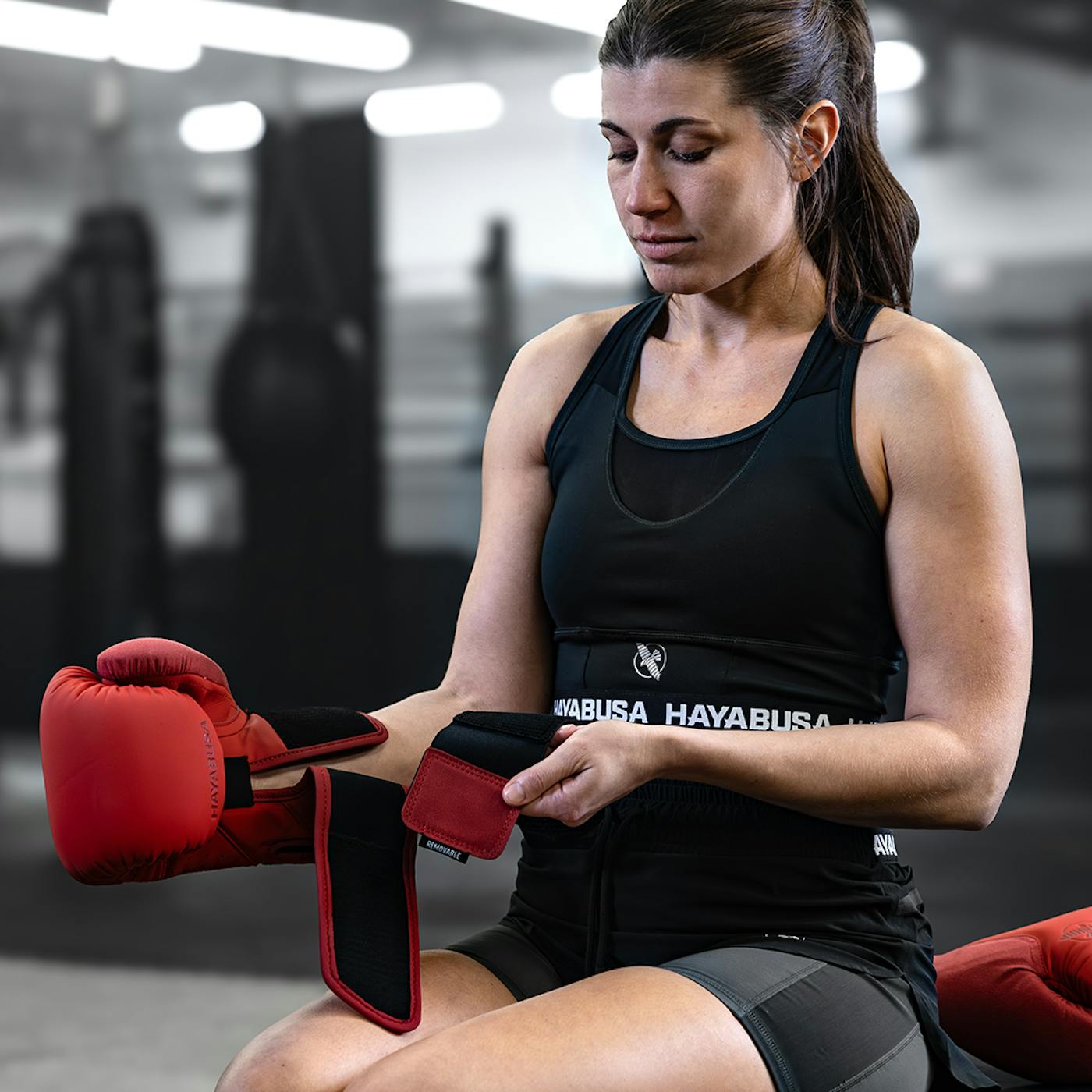The dramatic flourish of a knockout punch confirms a win without any doubt. However, not every fight ends with such finality.
So, how are boxing fights scored? Often, boxers go head-to-head, round after round, and a winner is named according to the scorecards.
During competition, every movement has a purpose, and every fighter is scored by points. The one who has the most at the end wins, simple as that.
Yet, there’s a certain complexity when it comes to declaring a true champion. In this article, we’ll discuss the boxing scoring system and how a fighter can win on points when there’s no knockout to decide.
Why Boxing Scoring Matters
Though there are several professional boxers known for their knockout wins, most go the entirety of rounds before a decision is made.
When the decision comes down to score cards, it’s up to the discretion of three judges to ultimately decide the winner of the fight.
While there is a points system in place, many decisions come down to specifics like aggressiveness in the ring or the pace of the fighter, both of which can be subjective.
Therefore, it’s no surprise that many fights have ended in unpopular decisions, which have caused fighters to lose their ranking, titles, and paydays.
Fighters must depend on their skill, technique, and adaptability, and must also be aware of what judges are looking for when they score a fight. That way, if scoring comes down to a slim margin, they can help position themselves on top.

Methods of Victory in Boxing
Boxers can claim victory in two ways: judge-based and non-judge-based decisions. Their destiny is either left up to a judge’s discretion or solely by the actions of each fighter.
Judge-Based Decisions
A judge-based decision is made after fighters have gone the full length of the fight, completing all rounds.
Even if judges are left to decide the outcome of a fight, they may be split, leading to a variety of ways a final decision can be recorded:
- Unanimous Decision (UD)
- Majority Decision (MD)
- Split Decision (SD)
- Draw / Majority Draw
Non-Judge Outcomes
Alternatively, a knockout, total knockout, or disqualification are the only non-judge outcomes. In these instances, there is no room for interpretation.
Shop Hayabusa Boxing Gloves Collection
The 10-Point Must System Explained
Since many matches are decided by scorecards, let’s take a look at how a 10-point must system works.
Each judge scores each round separately. Therefore, if a fighter doesn’t perform well in one round, they can make up points in another one.
The winner of each round is awarded 10 points. Whereas, the loser receives 9 points or fewer. In most cases, the fight is close, resulting in a 10-9 scoring round.
However, in some instances, there is one fighter who showcases significant dominance, which causes the scoring to be 10-8 or 10-7.
If there's an equal exchange between fighters per round, which is rare, judges can score it a 10-10. Although typically, it’s noticeable which fighter “takes” a round based on the offensive movements and defensive reactions.
How Do Judges Score Boxing?
Despite the point system, there isn’t a one-to-one exchange in boxing. Different boxers will implement their unique styles and boxing combinations to take down opponents.
Therefore, the final decision goes beyond punch sequences alone and focuses on other boxing judging criteria, including:

Effective Aggression
Boxing competition isn’t about who can throw the most punches – it’s who can land the cleanest shots.
Some fighters land quick strikes in succession, while others implement a combination ending in a power punch. Whatever the strategy, the aggression in the ring must be controlled.
Judges are trained in clocking accuracy to award the technique of a fighter rather than someone who is wildly aiming for a target.
Ring Generalship
The judges also look at who throws the first punch and if that fighter sets the tone for the pace of the fight.
Some fighters are known for their aggressive attacks, while others are known better for their patient defensive movements. Both are valuable, and each can be telling of who is more dominant.
Additionally, there are certain techniques judges look for to see what kind of control each fighter has in the ring and who is commanding the fight both physically and mentally.
Defensive Prowess
Offense alone may not win a boxing match, unless it’s a knockout. The application of defensive maneuvers can also decide who wins a round.
For example, how effective are each fighter's slips, blocks, and parries? What is the response when on the offensive? These skills will help determine the awarded points and the eventual champion.
Common Boxing Rule Violations That Impact Scoring
Fighters may also be deducted points due to rule violations, and in some cases, disqualified from the match altogether.
Boxing is a sport that requires discipline, control, and strategy. Therefore, fighters must train with boxing rules and scoring in mind to develop good habits if they plan on competing.
Here are the most commonly used in competitions:
- Hitting behind the head or below the belt
- Elbows, headbutts, or open-glove strikes
- Hitting during a break or while the opponent is down
- Using ropes for leverage
- Low blows and recovery time rules
Hayabusa S4 Boxing Gloves

Hayabusa T3 Boxing Gloves

T3 Kanpeki Boxing Gloves

Hayabusa T360 Boxing Gloves

The Role of the Referee vs. the Judges
Finally, it’s important to note the role of the referee vs. the judges.
Since the referee is right there in the ring with the fighter, he is the one who’s managing the action and enforcing regulations as they occur. He’s also the one who calls knockdowns and/or keeps the action moving.
Judges focus on scoring during each round, some of which is based on what the referee calls in the ring. Both parties are well-versed in the scoring criteria and may notice things that a fan at home may not catch.
Additionally, TV angle and judges' positioning may make a punch look different based on perspective. As a result, much like in other sports, it’s not uncommon to have fans disagree with referees' and judges’ decisions.
In the end, though, the judges get the final say unless a fighter delivers the ultimate knockout punch.
Dominate the Ring with Hayabusa
Understanding the boxing scoring system is as much a skill as fighting itself, especially for those who want to compete.
Building a strong foundation and mastering offensive and defensive movements is the first step. As fighters excel and get more comfortable in the ring, considering how the judges will score helps to shape strategies.
Whether you’re training, watching, or cornering, understanding the 10-point must system gives you an edge.
Want to perform like a pro? Gear up with Hayabusa’s boxing essentials.



